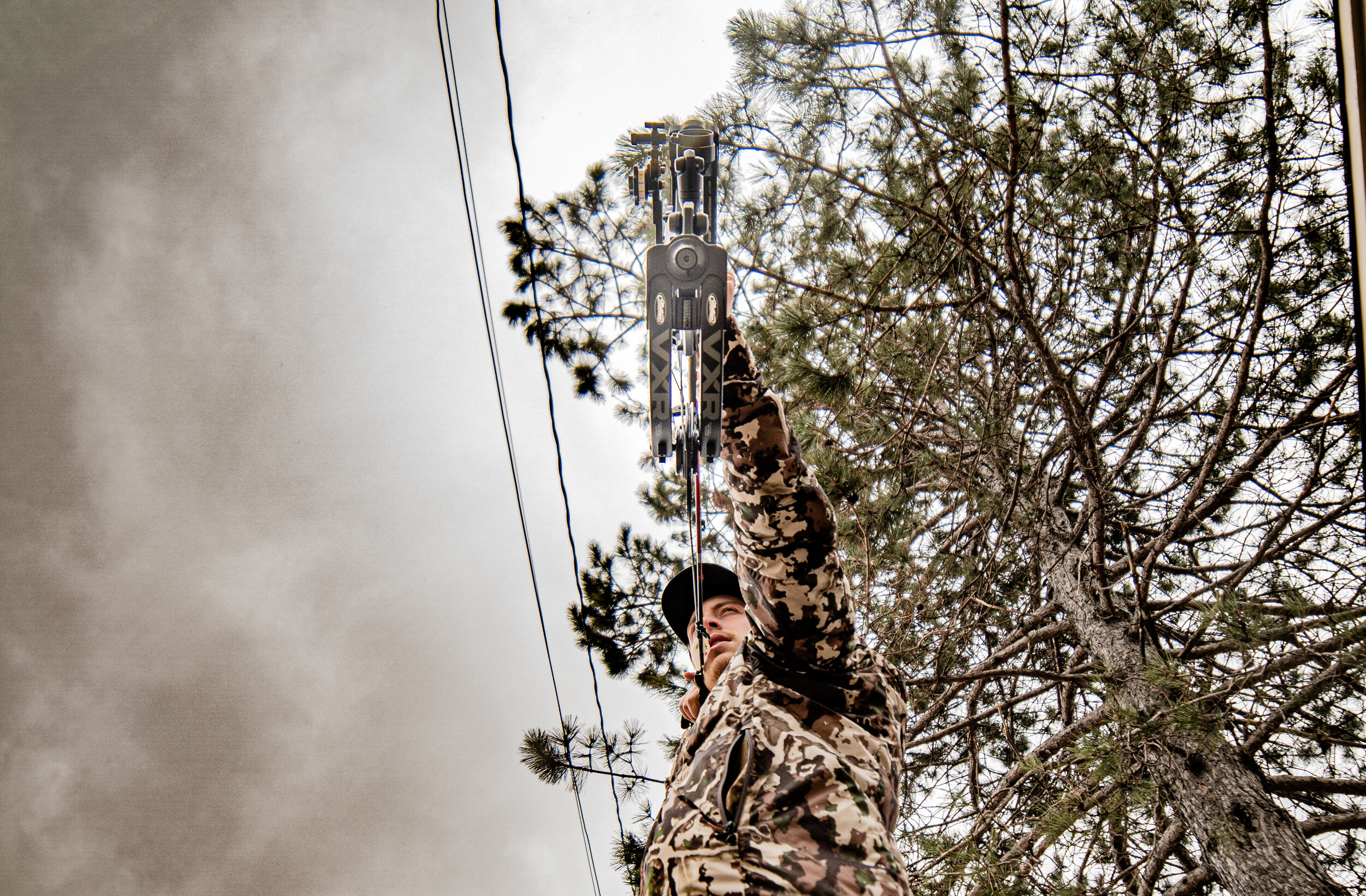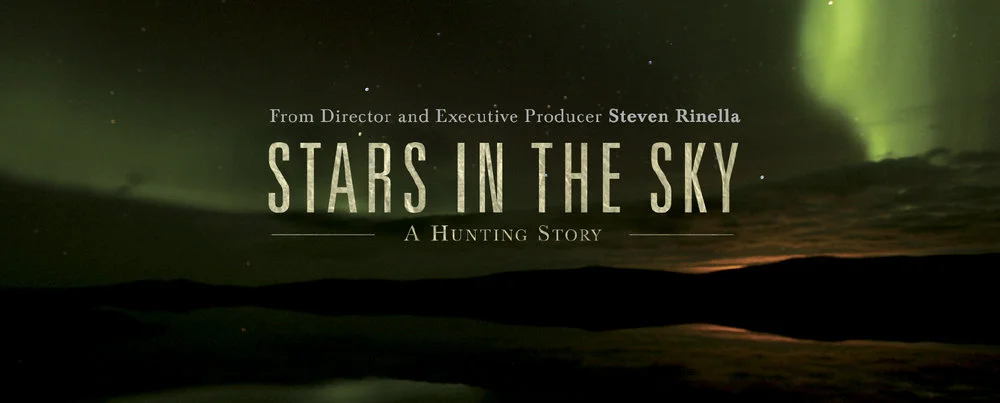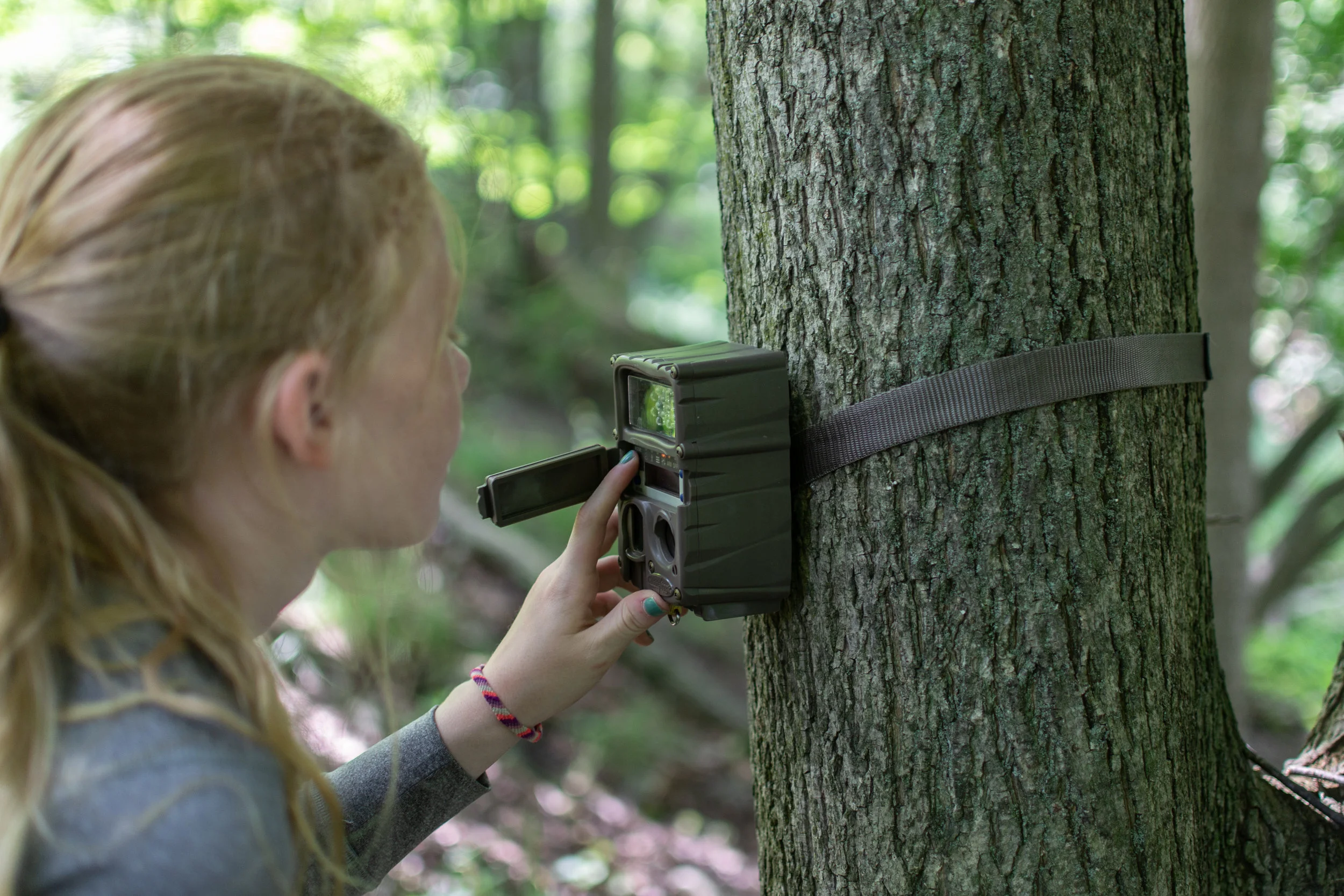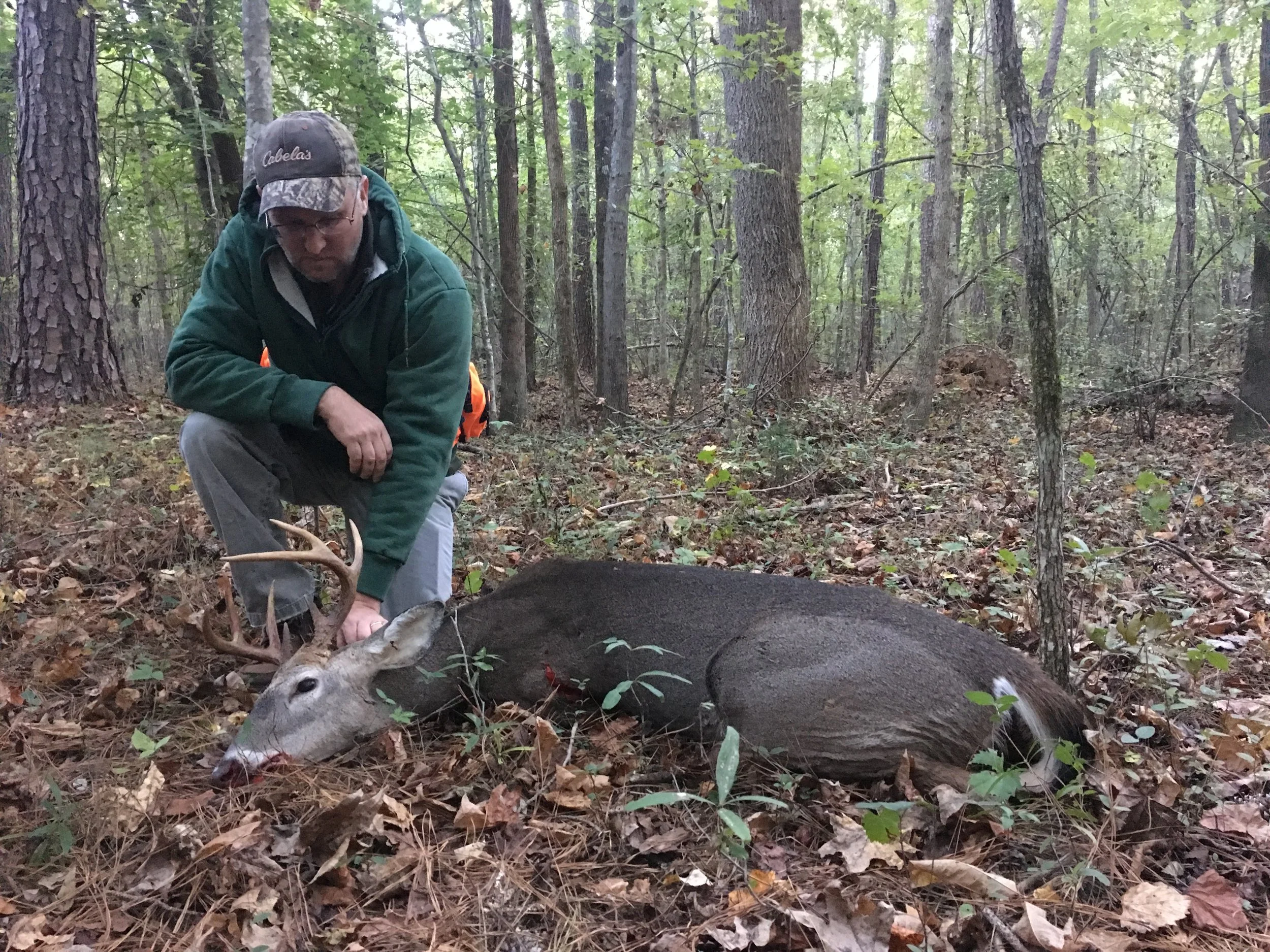By Alex Comstock
I started truly deer hunting during the 2010 season. I was fifteen years old, and jumped straight into bowhunting. This season will be my 8th chasing whitetails, and in the grand scheme of things, that's not very long at all.
Recently, I got to thinking about how deer hunting has progressed over the years, what's different now, and what someone with a unique perspective thinks about this. One of the first people that I thought about whom I thought could provide a good outlook on this topic was Gordon Whittington, the editor in chief of North American Whitetail Magazine. I reached out to Gordon, and he was able to provide some in depth thoughts on this topic. Check out our Q&A below for more.
Q: Thinking back to when you started deer hunting, how much has deer hunting changed in general? Is there anything that sticks out to you above all else?
Gordon: It's an interesting and pretty deep question. A whole book could be written on that topic. In fact, I almost feel as though I wrote a book on it recently for the Oct. issue of North American Whitetail. That's our 35th anniversary issue, so I wrote a lot about how we got to where we are today. I wrote an entire 17-page section on what I consider to be the 35 biggest whitetail events and trends of the past 35 years. Many of those points involved changes in the hunting landscape.
Fundamentally, I think, trying to kill a deer is the same process as it probably was even before I started hunting in the early 1960s. But nearly all the details are different. We're much more technology-dependent than in those days, whether we realize it or not. For instance, we don't tend to think about how much the availability and accuracy of weather forecasts have improved. They're now so far beyond what we had even 20 years ago. And of course, for a hunter to have so much info in the palm of his hand, in the form of a smartphone, has had a drastic impact on the hunting experience. Maybe we don't see these as hunting developments per se, but instantaneous access to information now is just part of who we are. And it affects how, when and where we hunt.
Q: Would you say that deer hunting, overall, has grown or gone down in popularity during your lifetime?
Gordon: I'm thinking roughly the same number of people hunt whitetails today as when I began. Of course, the U.S. population has nearly doubled in that time, and Canada's has more than doubled. So the percentage of the population involved in hunting has clearly fallen. Of course, that's to be expected in an increasingly urbanized society. I'd say the hunter today is just as avid as ever, but what we do is farther out of favor with non-hunters than when I was a kid.
Q: It seems to me that there are more and more bowhunters, specifically, every year. Would you agree with this sentiment?
Gordon: I think bowhunter numbers have become pretty stable overall. Of course, certain regions still are growing. Some of that is vertical bow, but a lot of it is crossbow hunters just taking up deer hunting or shifting over from the gun side.
Overall, the biggest growth spurt for bowhunting was in the '80s and '90s, as deer numbers increased and compound bows, tree stands, rangefinders, and such made it simpler to harvest deer with archery gear. When I was a kid, only the crazies were putting any real time and effort into hunting with a recurve. Of course, I was one of them.
Q: I think it's pretty obvious that most people are obsessed with giant bucks. From what you've seen, has it always been that way, or was there a time-frame where things started shifting towards a fascination with large antlered bucks?
Gordon: Cave paintings from 20,000 years ago suggest people were fascinated by large antlers even then. I think it might even be in our DNA. That's not to say antler fever hasn't really grown in the modern era though. When North American Whitetail began in '82, most folks were still pretty much "meat" hunters. They liked big deer but didn't know much at all about them and didn't think they were something to focus on. Of course, a lack of big deer in your hunting area will reinforce that notion, and back then there weren't nearly as many mature bucks as now.
Q: With the nature of your job, I'd venture to guess you've seen all kinds of deer hunting stories. Are there any similar tendencies that you've seen change from when you started to now?
Gordon: Back in the beginning, there were no trail cameras, and almost no one hunted sheds seriously. As a result, few monster bucks had much of a back story to them. That's very different from today. Especially in farm and prairie habitats, most of the giants are known before they're shot. A fair percentage of them even have nicknames. That was way less common years ago.
Q: With the continued improvements in technology, do you think it has taken away from people learning general woodsmanship skills?
Gordon: No question about it. Hunters today clearly could develop good woods skills, but in many cases you now can kill decent bucks without them, so the talent lays dormant. In the old days, the hardcore at least had honed their woods and hunting skills to go into wild places and come out with good bucks. Today, a lot of people would have trouble figuring out where to hunt if they didn't have cameras. That's not a knock on technology, just a simple fact. And of course, fewer hunters now have time to be in the woods day after day, improving their knowledge and skills.
Q: If you had to project, what do you think deer hunting will look like in the future? Do you see it going in a positive direction?
Gordon: Access will keep getting harder and more expensive. That's just a fact of life in a supply and demand world. Even though there now are far more big bucks in North America than there were when NAW started in '82, there still isn't a big one for every hunter every year. Some of that is due to poor location and strategy choices, but a lot of it is lack or prioritizing deer hunting in general. You're still dealing with a wild animal that doesn't want to die. It's not going out if its way to help you. So if you let skills erode too far and don't make up for it by increasing your time afield in good places, you're not going to enjoy good results too often. And as short as attention spans now are, a lot of folks might just give it up if they keep failing. That's always a concern when looking into the future.
If the public is somewhat educated as to hunting's role in our world, I don't see why deer hunting can't continue to be a fun and popular activity for millions of people in North America. The problem, of course, is that it's hard to educate those who aren't exposed to it directly. So the deer hunter is progressively becoming a more of a social outlier in the modern world. There's a massive disconnect between hunters and non-hunters, and it's exacerbated by liberal media who want to scream every time a problem lion gets taken out. Writing articles and blogs and producing TV content that showcase the positive of hunting are well and good, and we need to continue making that push. But you sometimes wonder if such efforts aren't just forms of preaching to the choir.
-If you want to see more from Gordon, pick up an issue of the latest North American Whitetail magazine.
































